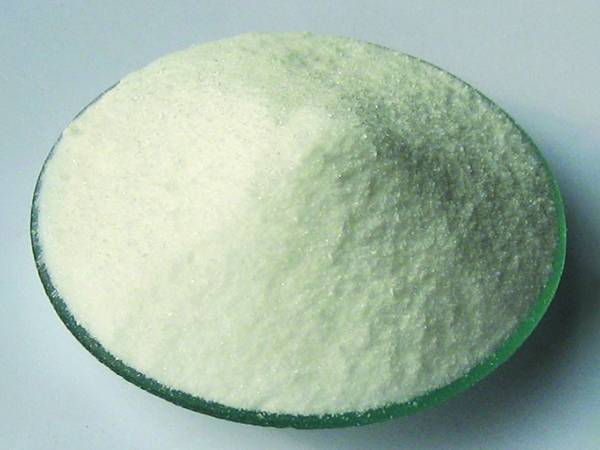



pH Measurement of 1% Sodium Hydroxide Solution in Chemistry Experiments
Understanding the pH of 1% NaOH Solution
Sodium hydroxide (NaOH), commonly known as caustic soda, is a strong base widely used in various industrial, laboratory, and household applications. It is essential to understand the pH of a 1% NaOH solution, as pH plays a crucial role in determining the acidity or basicity of a solution, which affects numerous chemical reactions and processes.
The Concept of pH
pH is a logarithmic scale used to specify the acidity or basicity of an aqueous solution. It ranges from 0 to 14, with 7 being considered neutral. Values below 7 indicate acidic solutions, while values above 7 represent basic (alkaline) solutions. The pH scale is based on the concentration of hydrogen ions (H⁺) present in the solution.
In terms of strong bases like NaOH, they completely dissociate in water to produce hydroxide ions (OH⁻). The presence of these hydroxide ions is what gives a basic solution its high pH value.
Preparing a 1% NaOH Solution
To prepare a 1% NaOH solution, 1 gram of sodium hydroxide is dissolved in enough water to make a total volume of 100 milliliters. It's important to note that when handling NaOH, proper safety precautions should be taken as it can cause chemical burns and is harmful if ingested.
Calculating pH of 1% NaOH Solution
When NaOH is dissolved in water, it dissociates completely
\[ NaOH (s) \rightarrow Na^+ (aq) + OH^- (aq) \]
In a 1% solution, there are approximately 1 gram of NaOH per 100 mL of solution. The molar mass of NaOH is about 40 g/mol, therefore
\[ \text{Molarity (M)} = \frac{1 \text{ g}}{40 \text{ g/mol} \times 0.1 \text{ L}} = 0.25 \text{ M} \]
Given that NaOH dissociates completely, the concentration of hydroxide ions (OH⁻) in the solution will also be 0.25 M.
1 m naoh ph value

To find the pOH of the solution, we can use the formula
\[ \text{pOH} = -\log[OH^-] \]
Substituting the values
\[ \text{pOH} = -\log(0.25) \approx 0.60 \]
Since pH and pOH are related through the equation
\[ \text{pH} + \text{pOH} = 14 \]
We can then calculate the pH
\[ \text{pH} = 14 - 0.60 \approx 13.40 \]
Therefore, the pH of a 1% NaOH solution is approximately 13.4. This indicates a strongly basic environment, which is typical for solutions of strong bases like NaOH.
Importance of pH in Various Applications
The high pH of a 1% NaOH solution makes it useful in various applications, including
1. Cleaning Agent NaOH is often used as a drain cleaner, as it effectively dissolves grease, fats, and other organic compounds. 2. pH Adjustment In chemical manufacturing and wastewater treatment, NaOH is employed to neutralize acidic solutions or stabilize pH levels. 3. Food Industry In certain food processing, NaOH can be used for peeling fruits or vegetables and other applications requiring a high pH. 4. Manufacturing It plays a pivotal role in the production of soaps, textiles, and paper.
In conclusion, understanding the pH of a 1% NaOH solution not only sheds light on its basic properties but also underscores its significance across various industries. This knowledge is crucial for proper handling and application of this versatile compound. Always remember to use appropriate safety measures when working with strong bases to ensure a safe and effective outcome.
-
Why Sodium Persulfate Is Everywhere NowNewsJul.07,2025
-
Why Polyacrylamide Is in High DemandNewsJul.07,2025
-
Understanding Paint Chemicals and Their ApplicationsNewsJul.07,2025
-
Smart Use Of Mining ChemicalsNewsJul.07,2025
-
Practical Uses of Potassium MonopersulfateNewsJul.07,2025
-
Agrochemicals In Real FarmingNewsJul.07,2025
-
Sodium Chlorite Hot UsesNewsJul.01,2025










